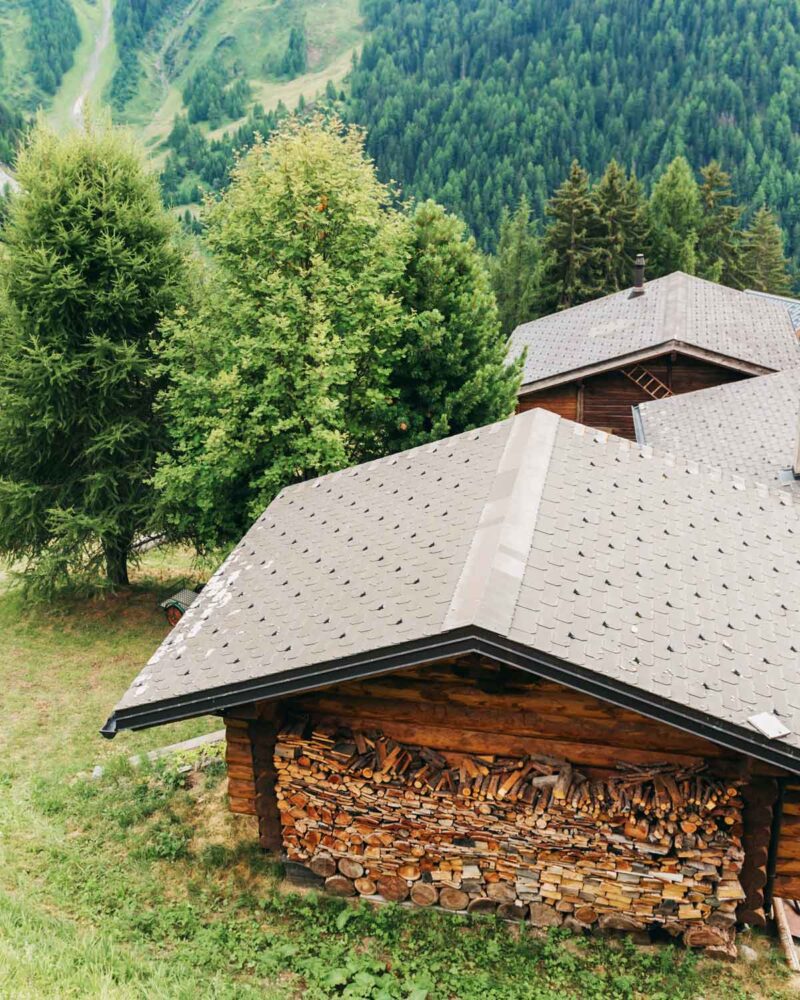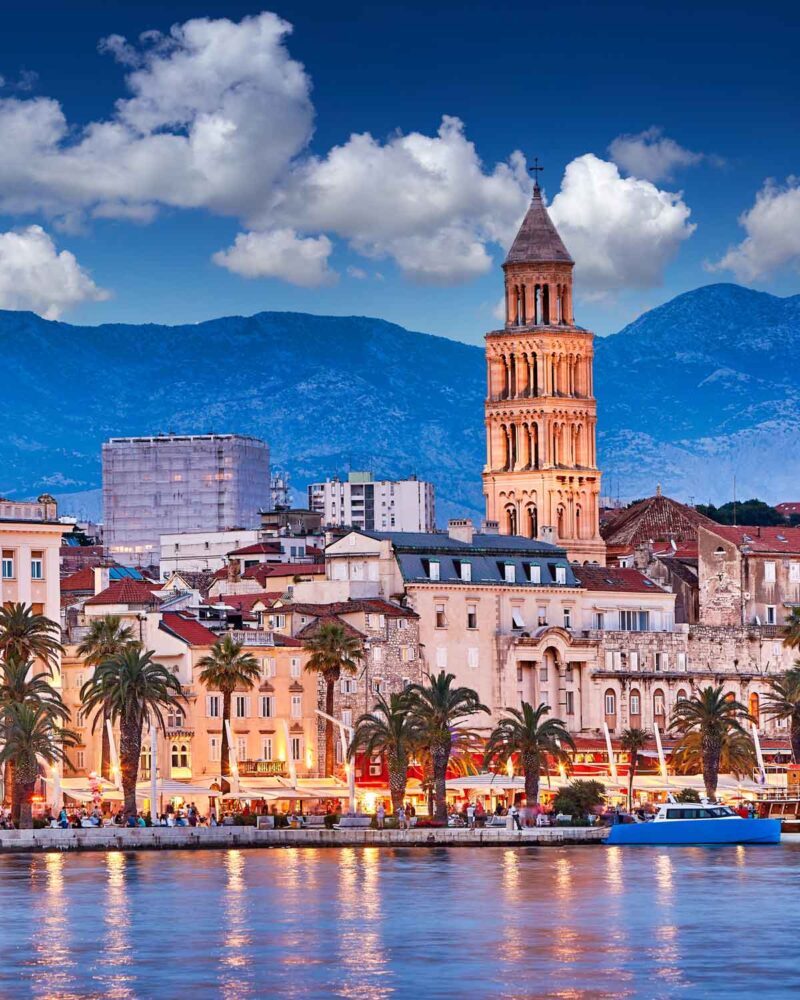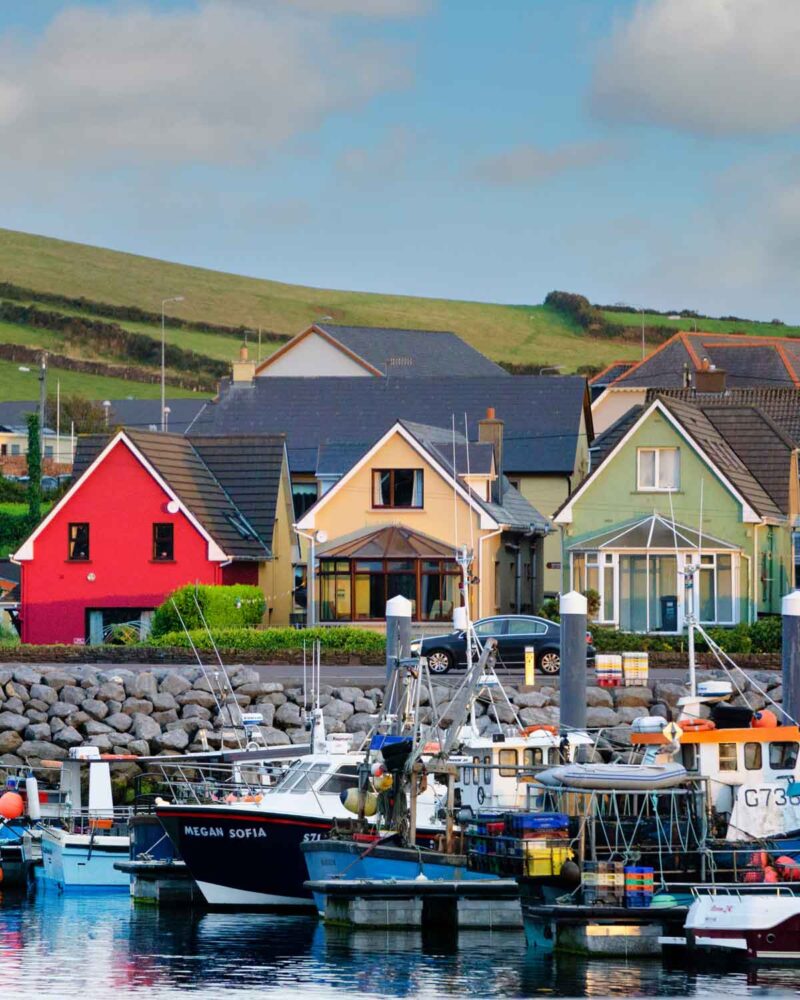I retraced my family roots in Europe. Here’s your guide to do it too.
Here’s a memory I’ll never forget. My brother, sister and I are children, visiting Switzerland. We’re sitting under blankets as a fire roars. We each have mugs of hot cocoa, topped with thick whipped cream. It’s dark and snowy outside. At the table, our parents and grandparents are drinking Humagne Rouge, a local wine and eating slices of aged comté cheese. This was our family’s late winter tradition. Each March, we’d gather in the Swiss chalet my grandparents built to spend time together, ski, eat, and read. By now, more than fifty years have passed. When I close my eyes, I can still feel the cool mountain air and hear the wooden chalet door creaking each time we open it. Yet I recently realized with regret that as a resident and citizen of Canada, I am much less connected to my familial roots in Europe than I ought to be. This year, I decided to change that. Here’s my story of that journey, plus a few tips so that you can do the same!
Switzerland: the land where my family was built
My connections to Switzerland go deep. Though my father was born in France, his parents and family were all Swiss. That’s why I decided to start my travels here, in those same mountains I remember so fondly from childhood. The focus of my trip was to reconnect with Valais, the place where both of my paternal grandparents were from. For those of you who don’t know it, Valais is a picturesque region in the southwest of Switzerland known for its stunning natural beauty and rich cultural heritage. Aside from skiing and eating delicious foods, I spent hours wandering through its winding streets. This was the land of my ancestors, a place where my family had lived for generations. I also discovered new details about my family’s history that had long been forgotten. One such discovery happened in Saxon-Les-Bains where I stumbled upon a plaque dedicated to my great-great grandfather, the founder of a local casino. Even more moving was coming upon . I looked inside and could almost see them smiling on their wedding day.

Getting to know Croatia, another home of my ancestors
Before one line of my ancestors moved to Switzerland, they called Split, Croatia home (yes, can you imagine the temperature shock between this coastal paradise and the icy mountains of Valais)? Because these people are so far back in my family tree, I decided to do some online digging in advance to try to track down some info. After a few hours of research, I managed to pinpoint on which street my great great-grandparents once had their apartment: Of course, I walked to this street immediately from Switzerland. As I stood in front of the building, I felt a sense of awe wash over me. It was a modest place yet knowing that my ancestors had once called it home filled me with a sense of connection to my past. I couldn’t help but imagine what life must have been like for them in the very rooms I was looking into. Later that night, I ate at a local restaurant among many old timers. I watched them chat and laugh among themselves. I could almost see my own great-grandfather laughing too. Before the night was over, I asked to join them for a drink. They welcomed me warmly and shared stories about this remarkable place.

Maternal connections to lush Ireland
From Split, I traveled to another place where I have deep family roots: Ireland, specifically Dingle in County Kerry. My great-grandmother was born and raised in this gorgeous little coastal town. For most of her adult life, she was a schoolteacher here and retired in the 1920s. One of the most cathartic experiences of my adult life took place in Dingle. It all started when I woke up one morning with an intense urge to find connections to the life of my great-grandmother. After a breakfast of eggs and soda bread at the eco-lodge where I was staying, I took to the streets and started wandering. I quickly noticed how many buildings there were that dated to the time of my great-grandmother. There were ancient stone homes, the town administrative center, and any number of shop locales that were built in the late 19th century. Knowing that my great-grandmother might once have bought bread at the old mill (also still standing) or fish off the docks filled me with a sense of meaning and connection to the past. All this culminated when I came across the old town schoolhouse, a stone building on a hill that bore the date of 1890. This is where my great-grandmother spent years teaching the youth of the town. I touched the old wooden doors, I peered into the windows. I felt more connected to my Irish roots than ever before.

Tips: how to discover your own European roots
Now that you know my story, it’s time to live your own! To help you with that, I’ve put together some tips to help you have a similarly remarkable trip to rediscover your roots:
- Research comes first! Start by gathering as much info as you can about your family history. Ask your family members what they know. Search for documents like letters and birth certificates. These often contain invaluable clues! Also make use of genealogical websites and groups. Did you know that most people can find detailed family history online? You might also meet some long-lost cousins!
- Plan your trip. Hopefully, you will now have a good sense of where your roots lie. Plan your trip with those countries, cities, and towns in mind, and try to do it in connection with local events that can help you connect with the culture of your forebears.
- Visit ancestral homes. You’d be shocked at how many people have ancestral homes in Europe, and I don’t necessarily mean grand palaces. As you now know, I visited the humble apartment of my great great-grandparents in Split. Often, you can find info about these homes in family records and online on genealogical websites.
- Meet the locals. Once you’re in Europe, connect with people on the ground as much as possible. If your roots are in a small village, the people you meet could be the great great-grandchildren of your ancestors. When you do meet people, ask for recommendations, pose questions, gather information.
- Document, document, document! Keeping a record for future generations is crucial. Take photos, make videos, keep a journal. Your experiences are valuable for your family back home, both present and future.
